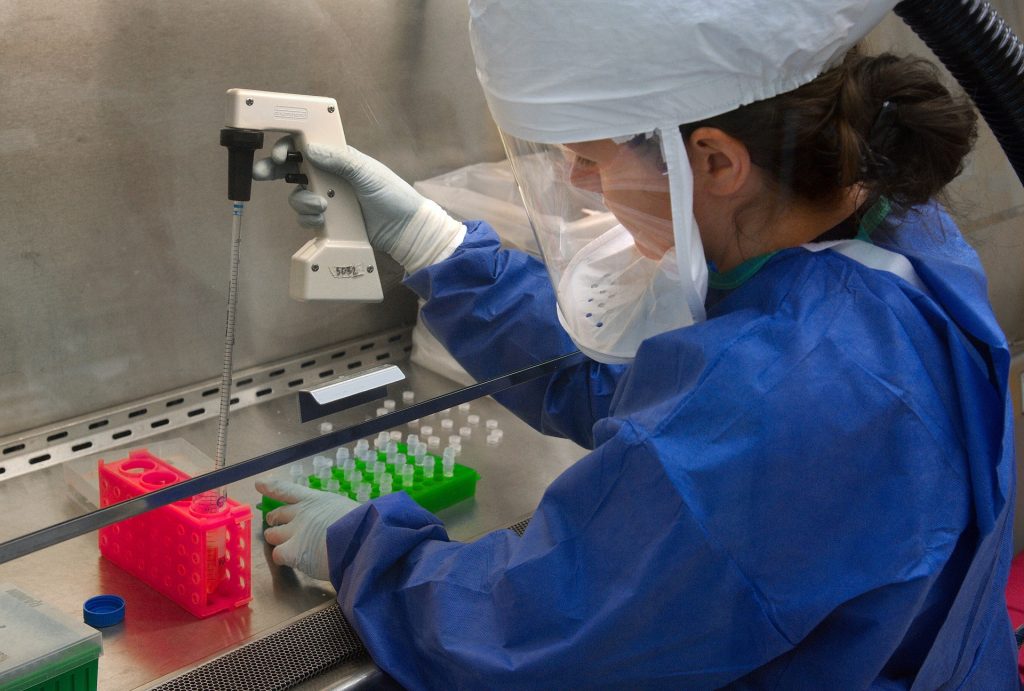Baltimore's Leading Secure Document Shredding Partner with Next-Day Service & Flexible Options – No Contracts, No Hidden Fees - Schedule Now
Understanding Waste Generator Status
There are over 1 million hazardous waste generators in the United States alone. They include Medical facilities, dentists, laboratories, and more. In order for the EPA to regulate and manage hazardous waste production and disposal, they have established three types of generators. The generator status is given to a particular location and they are regulated at that level.
Generator Statuses
Conditionally exempt Small Quantity Generator
Otherwise refereed to as CE-SQG, these are facilities that generate less than 100 kg of non-acute hazardous waste a month, less than 100 kg of acute hazardous waste a month, and less than 100 kg of residues or contaminated soil, waste, and other debris from spills and cleanup of acute hazardous waste.
Small Quantity Generators
SQG's generate between 100 kg and 1000 kg of non-acute hazardous waste a month, less than 1 kg or more of acute hazardous waste a month, and less than100 kg of spill residue from acute hazardous waste.
Large Quantity Generators
LQG's are those who generate 100 kg or more of non-acute hazardous waste a month , 1 kg or more of acute hazardous waste a month, and 100 kg or more of spill residue from acute hazardous waste.
How is Status Given?
The generator status is given to a facility by the EPA and it can change from month to month. At any point, a small quantity generator may move up to a large quality generator simply by producing more outgoing hazardous materials. Generator status is determined at the facility level and not the building or clinic level. This applies most in a hospital setting. For example: if you are a clinic in a hospital that produces less than 100 kg a month of non-acute waste, but the hospital generates more than 1000 kg a month, then the clinic must adhere to the standards of the LQG. Most hospitals tend to be small quantity generators, but in certain cases if a hospital is part of a larger unit it may be a LQG and could face internal violations if not everyone is compliant.
Identification Numbers
The EPA, under the federal hazardous waste program tracks hazardous waste activities by assigning Small Quantity Generators and Large Quantity Generators with an ID number that is used when logging and disposing of waste. The generator status administered will dictate the rules and regulations that a facility must follow. All facilities are responsible for the responsible handling and disposal of their waste until it is destroyed - even after it has left the facility. That is why choosing a waste management company that you can trust and whom is licensed and environmentally responsible is so important. BWS has over 70 years of combined experience working with Large Quantity Generators under some of the strictest EPA and Federal guidelines. We understand what is legally and environmentally necessary in destroying this waste and ensure it is done with 100% compliance to keep your organization safe. If you are in need of medical waste services, contact us today to request a free quote.
Ready to get started?
We offer a variety of competitively priced service options with no contracts or hidden fees. Request a free quote.
Our Dedication to Providing the Highest Quality Regulated Waste Services
is Shown in What Our Clients Say About Our Work
We provide an outstanding value and service to our regulated waste customers and pride ourselves over the last 50 years on our 100% customer satisfaction with 99% customer retention ratio.
Paul R Miller, D.D.S. and Team
ZytoGen Patient Services
Akbar Masood, D.D.S.
Chris Donaldson
Dharani Jasthi
Tomicka Jackson-George, D.M.D.
Louis Sachs, D.D.S.
Kate Blair English
Dave Ryan
Kerry Owens, Avalon Plastic Surgery
Jamie Fleming, National Spine & Pain Centers
Keith Roberts, Biomatrix Specialty Pharmacy
Mireia Pedragosa Marin, Synergy Research
Rebecca Crouse, Randolph Macon Academy
Melissa C, Patriot Chiropractic
Dr. Rosario Ignacio
Dr. Thomas Lutz, Odenton Family Dentistry
Dr. Louis Sachs, DDS
Eric B.
Brenda Shah
Stay connected - Be the first to know!
Get BWS news and promotions straight to your inbox
Don't worry. We won't sell your information!





